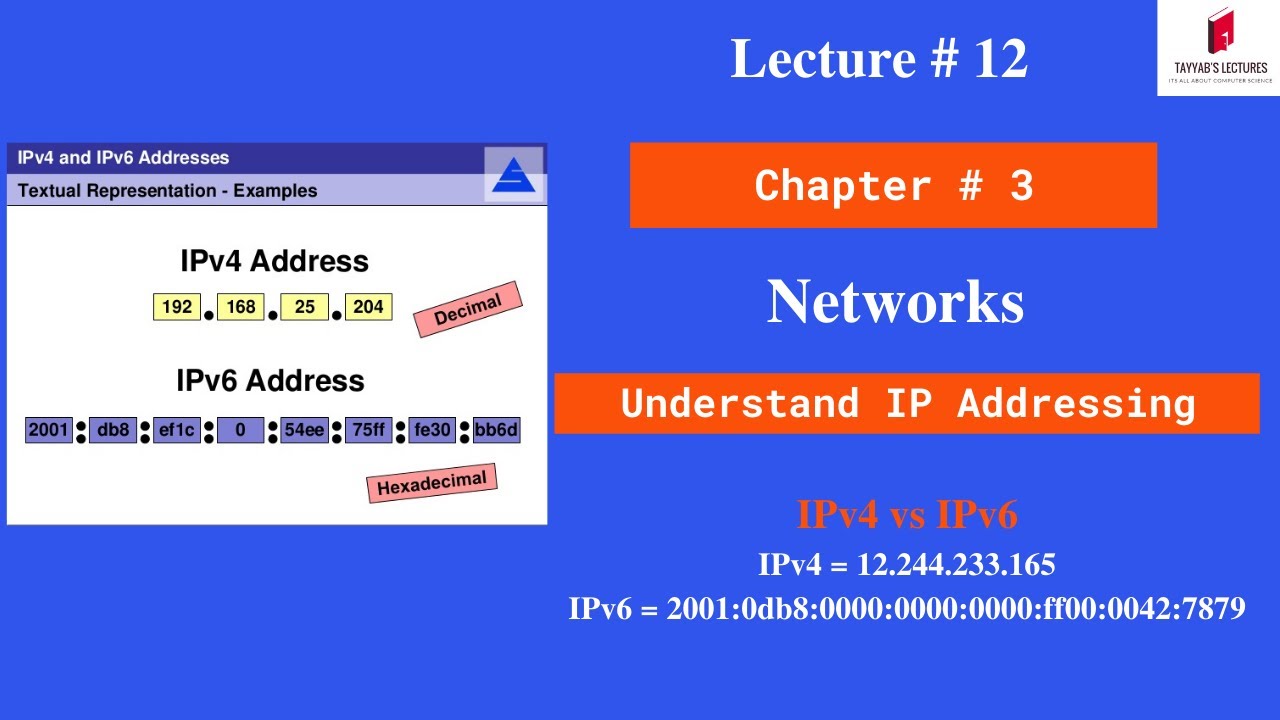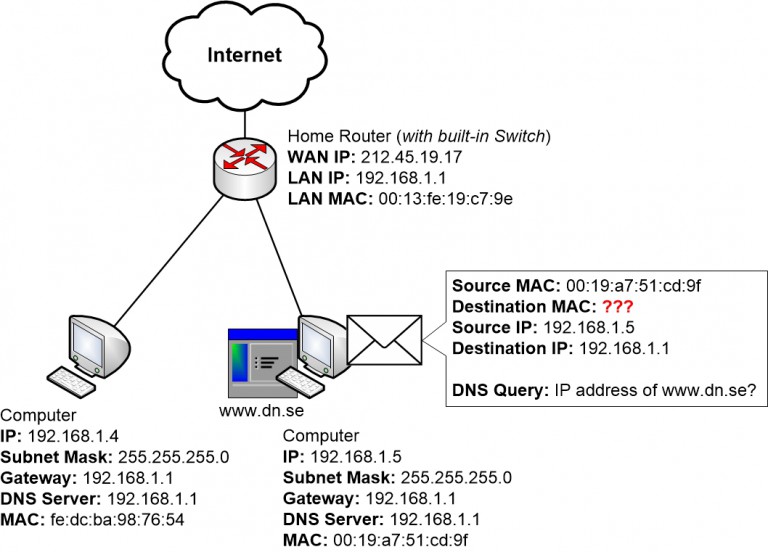
.png)
If the bit has a 0 digit, the binary number can be ignored. The next step is to add up the numeric value of each bit that is "on," represented by the number 1. As the chart below shows, binary uses the power of two as each digit moves further to the left. The digit after that doubles from 2 to 4 and so on. The digit to the left of this first digit doubles from 1 to 2. The first binary digit is converted to decimal as either 0 or 1.

Someone who speaks both English and Spanish, for example, is considered bilingual because they understand two languages. One way to understand binary and decimal conversion is to think of them as two differing languages. Because human administrators use decimal, computing systems must convert decimal to binary for their use. Just as humans use the decimal numeral system - with the digits 0 through 9 - for all counting, money and financial transactions, computers use binary for data storage, data transmissions and numerical calculations. Each digit represents a value: 1 is "on" or "true," while 0 is "off" or "false." What is binary?īinary is a numbering system that uses only the digits 1 and 0. These tasks also require the skill to convert from binary to decimal.

As such, network practitioners must know how to convert IP addresses, subnet masks and default gateway information from dotted decimal notation into binary. Humans use decimal-based addressing, but computer networks and devices rely on binary-based addressing.


 0 kommentar(er)
0 kommentar(er)
